Technology transfer
At MINATEC, research forms the hub of an active network of services covering all aspects of new technology transfer to industry. This unique environment ensures that the most promising advances made by MINATEC researchers are used in a professional manner and that time-to-market is optimized. The CEA is in the Derwent (formerly Clarivate) Top 100 Global Innovators 2020 ranking and is also Derwent’s number-one global innovator in the institution/government category.
Transferring technology to industry a top priority
At MINATEC, innovation-focused businesses team up with world-class scientists and engineers to carry out groundbreaking research. Such partnerships generally cover the following services:
- Identifying the most relevant lab for each research topic
- Setting up a joint project team made up of MINATEC researchers and the company’s own employees
- Project management as far into the project as the company wishes (e.g., until the demonstrator, prototyping, or pilot run phase)
- Turnkey facilities at the BHT—including clean rooms, labs, and office space—all “right-sized” for the project
MINATEC provides support in the areas of technology marketing, intellectual property, and business creation up to the financing phase. MINATEC support services are backed by a portfolio of more than 3,200 families of patents that is growing by around 350 new patents each year.
This broad slate of services enables MINATEC to work with around 200 different companies each year. Several start-ups are created every years, developping MINATEC’s labs’ technologies.
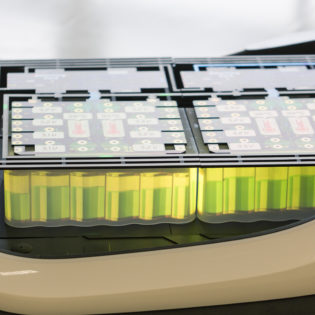
Battery packs / battery management systems
FD-SOI (fully-depleted silicon-on-insulator) technology was developed by Leti and is commercialized by Soitec. The technology offers an excellent tradeoff between cost and performance.
A thin layer of silicon is deposited onto a thin layer of silicon oxide, an insulator. The technology effectively reduces parasite leakage current without the need to dope the silicon substrate. Backside polarization further increases transistor performance and energy efficiency.

Aledia / Aledia, founded in 2011, develops and manufactures an innovative 3D LED solution. The company raised €20 million in capital in 2019 and moved into its own facility in Echirolles, near Grenoble, after seven years at MINATEC.
Aledia featured in MINA-News: https://www.minatec.org/fr/aledia-investit-propres-locaux/
LIEN
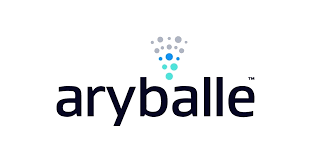
Aryballe / Aryballe has been developing a digital olfaction solution built on biosensors, optics, and machine learning since 2014. The company’s NeOse Pro portable “artificial nose” addresses the automotive, food and beverage, and personal care and cosmetics industries. The company also offers a consumer-grade device. The solution detects odors and saves them to a database (which currently contains more than 500 odors) so that they can then be identified.
Aryballe featured in MINA-News: https://www.minatec.org/fr/aryballe-technologies-inac-parfum-de-reussite/
LIEN
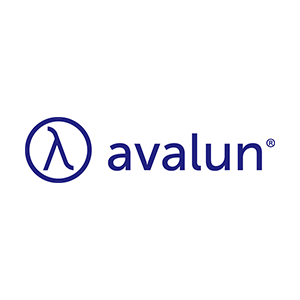
Avalun / The Avalun project kicked off in 2011 and won Bpifrance’s i-Lab innovation competition in 2013 for its LabPad connected miniaturized testing device.
Avalun featured in MINA-News: https://www.minatec.org/fr/projet-diapason-avalun-change-de-dimension/
LIEN

Diabeloop / The Diabeloop project began in 2011, resulting in the creation of a startup in 2015. The company develops and commercializes an artificial pancreas that automates the management of type-1 diabetes. Diabeloop raised €31 million in capital in 2019, the largest fundraising round to date in Europe’s AI for healthcare space.
Diabeloop featured in MINA-News: https://www.minatec.org/fr/31-m-e-levee-de-fonds-booste-diabeloop/
LIEN
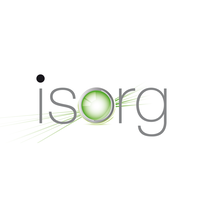
ISORG / ISORG, founded in 2010, develops optical sensors capable of transforming plastic and glass into smart, large-area sensors. ISORG’s technology is protected by more than 50 patents. The company raised €20 million in capital in 2019.
ISORG featured in MINA-News: https://www.minatec.org/fr/start-up-de-minatec-ont-leve-plus-de-125-m-e-2018/
LIEN

ami (formerly ISKN) / ISKN, now ami, was founded in 2014 to develop and commercialize a smart tablet technology, which digitizes drawings, sketches, and handwritten notes in real time. The company has sold more than 40,000 units of the Slate since it was released in September 2015 (85% of its total sales revenue comes from export sales). In 2019 the company raised €10.5 million. In early 2020 ISKN changed its name to ami and rolled out a new strategy designed to bring its technology to even more markets.
ami featured in MINA-News:
https://www.minatec.org/fr/iskn-devient-ami-elargit-ambitions/
https://www.minatec.org/fr/start-up-de-minatec-ont-leve-plus-de-125-m-e-2018/
LIENS
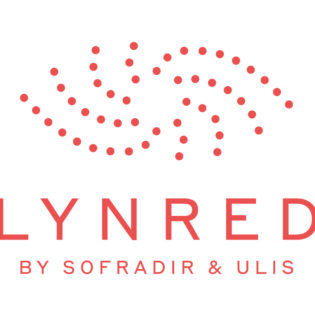
LYNRED / LYNRED (formerly Sofradir and ULIS), founded in 1986, offers a wide range of advanced infrared detectors for aerospace, defense, security, outdoor & leisure, smart building, and automotive applications. The company has a portfolio of 532 patents and invests 15% of its total revenue in R&D.
Learn more about LYNRED: https://www.minatec.org/fr/theses/etude-et-evaluation-dun-dispositifs-fd-soi-fonctionnalise-pour-limagerie-ir-non-refroidie/
LIEN
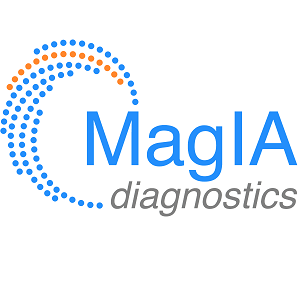
MagIA / Founded in 2017, MagIA is developing an innovative portable device to test for infectious diseases like hepatitis B and C and HIV. Patients can be tested at the point of care with just a drop of blood, eliminating the need to go to a medical testing lab for a blood draw. It takes just fifteen minutes to get the results, and the cost is very affordable. MagIA’s technology leverages magnetic nanoparticles and micromagnets to detect up to three molecules simultaneously.
MagIA featured in MINA-News: https://www.minatec.org/fr/magia-a-leve-1-me-finaliser-dispositif-danalyse/
LIEN



 Contact us
Contact us How to find us
How to find us







